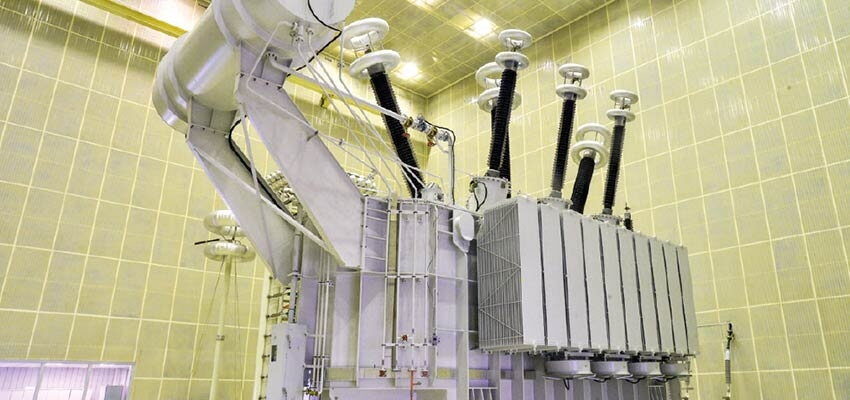
Phase-shifting autotransformer
Abstract Transmission networks of different high voltage levels are usually connected by autotransformers. These autotransformers are generally continuous flux types regulated from the HV or...
byEyup Mustafa ERDOGAN

Abstract
Transmission networks of different high voltage levels are usually connected by autotransformers. These autotransformers are generally continuous flux types regulated from the HV or LV side. Some cases also require controlling the power flow between these networks. One such case is in Ghana, where the existing 161 kV transmission network is expanded by new 330 kV lines. A cost effective and dependable solution selected by Ghana Authorities is the use of phase-shifting autotransformers. This article discusses the technical properties and design considerations of the 200 MVA 330/161 kV autotransformer installed in Ghana for this purpose in 2016.
Keywords: autotransformer, phase-shifting, power flow, interconnection
1. Introduction
Ghana Authorities decided to install 200 MVA 330/161 kV in-quadrature phase-shifting autotransformers (ATRs) which allow both network interconnection and power flow control. The choice to use a phase-shifting transformer instead of other methods, such as decreasing line reactance or using very low impedance transformers, was due to both the dependability of this solution and lower costs compared to other methods. This article discusses the features that distinguish phase-shifting autotransformers from other transformers, and provides an overview of their design, manufacture, and testing phases.
2. Overview of Ghana network and the need for power flow control
Ghana has recently started expanding its transmission network by adding 330 kV transmission lines. An important part of this shift is the new line between Prestea and Kumasi. With it, Ghana Grid Company (GRIDCO) plans to improve power transfer capacity from the Aboadze generation enclave in the south to the western and northern parts of the country. The new lines will be running parallel to the existing 161 kV lines. In order to connect the 330 kV to the 161 kV busbars, 330/161 kV autotransformers, with voltage regulation on 161 kV side, will be utilised. However, the reactance of these two autotransformers in addition to the 330 kV line reactance means that the new 330 kV network’s reactance will be too high compared to the 161 kV network. As a result, most of the power would continue to flow on the already overloaded 161 kV lines. A comparatively small portion would flow on the more efficient 330 kV lines, hindering its purpose of increasing transmission capacity. Therefore, a further measure to redirect the power flow to the new lines is needed.







